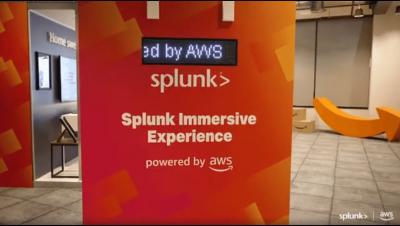Operations | Monitoring | ITSM | DevOps | Cloud
Logging
The latest News and Information on Log Management, Log Analytics and related technologies.
What are the benefits of log management?
Long-Term Storage: Coralogix vs. DataDog
Long-term storage, especially for logs, is essential to any modern observability provider. Each vendor has their own method for handling this problem. While there are numerous available solutions, let’s explore just one – DataDog – and see the benefits and limitations.
Data Denormalization: Pros, Cons & Techniques for Denormalizing Data
Reference Architecture Series: Scaling Syslog
Kibana Demo of Hexagonal Clusters
What is SRE? Explained in 6 minutes
Data lake vs. data mesh: Which one is right for you?
The Splunk Immersive Experience powered by AWS is here!
The future of observability: Trends and predictions business leaders should plan for in 2023 and beyond
If the past year has taught us anything, it’s that the more things change, the more things stay the same. The whiplash and pivot from the go-go economy post-pandemic to a belt-tightening macroeconomic environment induced by higher inflation and interest rates has been seen before, but rarely this quickly. Technology leaders have always had to do more with less, but this slowdown may be unpredictable, longer, and more pronounced than expected.











